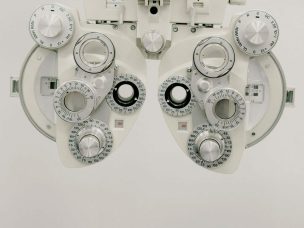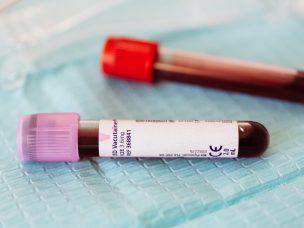Neurology
Higher Pancreatic Fat Percentage Linked to Lower Cognition in Men
Higher pancreatic fat linked to lower cognition and brain volumes in middle-aged men at high risk for Alzheimer disease Higher pancreatic fat percentage is associated with lower cognition and brain volumes in middle-aged men at high risk for Alzheimer disease, according to a study published online Feb. 27 in Obesity. Sapir Golan Shekhtman, from Tel Aviv...
Prevalence of Headaches in Psoriatic Arthritis and Axial Spondyloarthritis Patients
An observational study found an increased prevalence of headaches and migraine in psoriatic arthritis and axial spondyloarthritis patients. Psoriatic arthritis (PsA) and axial spondyloarthritis (axSpA) are inflammatory diseases affecting the joints, with shared genetic backgrounds and clinical manifestations. Headache affects over 50% of adults worldwide, with migraine being the most prevalent. Studies indicate a correlation...
ASA: Endovascular Thrombectomy Beneficial for Large Ischemic Stroke
EVT improves clinical outcomes versus medical management for acute ischemic stroke with large cores For patients with acute ischemic stroke and large cores, endovascular thrombectomy (EVT) improves clinical outcomes compared with medical management (MM), according to a study published online Feb. 7 in the Journal of the American Medical Association to coincide with the annual American Stroke...
Cognitive Benefits Seen Two Years After Bariatric Surgery
Improvement seen in cognition and general health; changes also seen in blood vessel efficiency and cortical thickness of temporal cortex Bariatric surgery (BS) is associated with cognitive benefits two years after surgery, according to a study published online Feb. 9 in JAMA Network Open.[spacer height=”20px”] Emma Custers, from Radboud University Medical Center in Nijmegen, Netherlands,...
Plasma Exchange for Acute Attacks of Neuromyelitis Optica Spectrum Disorders
The early administration of plasma exchange for the first-line management of acute attacks of neuromyelitis optica spectrum disorders led to better clinical management compared to standard therapy in a retrospective study. Neuromyelitis optica spectrum disorder (NMOSD) is an autoimmune condition that is characterized by the demyelination of the central nervous system. Patients with NMOSD develop...
Disability Milestones and Annualized Relapse Rates in NMOSD and MOGAD
Neuromyelitis optica spectrum disorder and myelin oligodendrocyte glycoprotein-antibody-associated disease have distinct progressions of disability, with the latter being associated with a less severe clinical course of the disease, according to the results of a combined retrospective and prospective study. Neuromyelitis optica spectrum disorder (NMOSD) and myelin oligodendrocyte glycoprotein antibody-associated disease (MOGAD) are autoimmune conditions that...
Type B Insulin Resistance With Eculizumab in AQP4-IgG+ NMOSD
A recent case study recommends that type B insulin resistance should be one of the differential diagnoses in patients with aquaporin-4 immunoglobulin G-positive neuromyelitis optica spectrum disorder presenting with altered glucose metabolism, regardless of the presence of systemic lupus erythematosus. Neuromyelitis optica spectrum disorder (NMOSD) is a rare autoimmune condition that is characterized by optic...
Association of AQP4-IgG+ NMOSD With Plasma sPD-1 and sPD-L1 Levels
A recent cohort study found that plasma levels of sPD-1 and sPD-L1 were correlated with the severity and activity of the disease and also had an important role in predicting future relapses in AQP4-IgG+ NMOSD, which may help guide prompt and targeted therapy. Neuromyelitis optica spectrum disorder (NMOSD) is described as an autoimmune disorder associated...
AQP4 Seropositive Versus Double Seronegative Neuromyelitis Optica Spectrum Disorder
A recent retrospective study found that serum biomarkers, including glial fibrillary acidic protein, tau, and ubiquitin C-terminal hydrolase L1, distinguish between double seronegative and aquaporin-4 antibody-positive neuromyelitis optica spectrum disorder, which is indicative of the heterogeneous nature of the former condition. Neuromyelitis optica spectrum disorder (NMOSD) is characterized by recurrent optic neuritis with or without...
More Medical News














